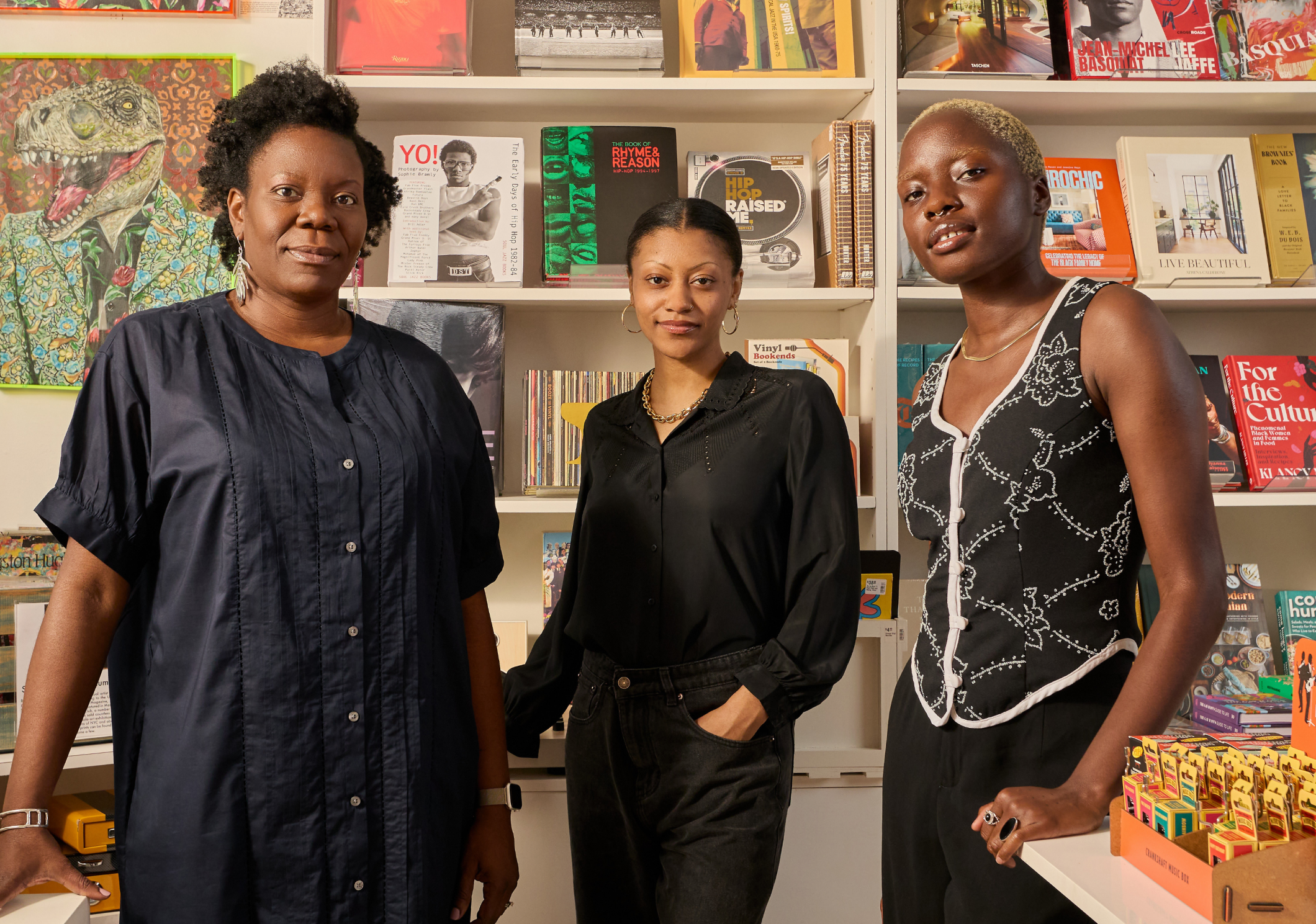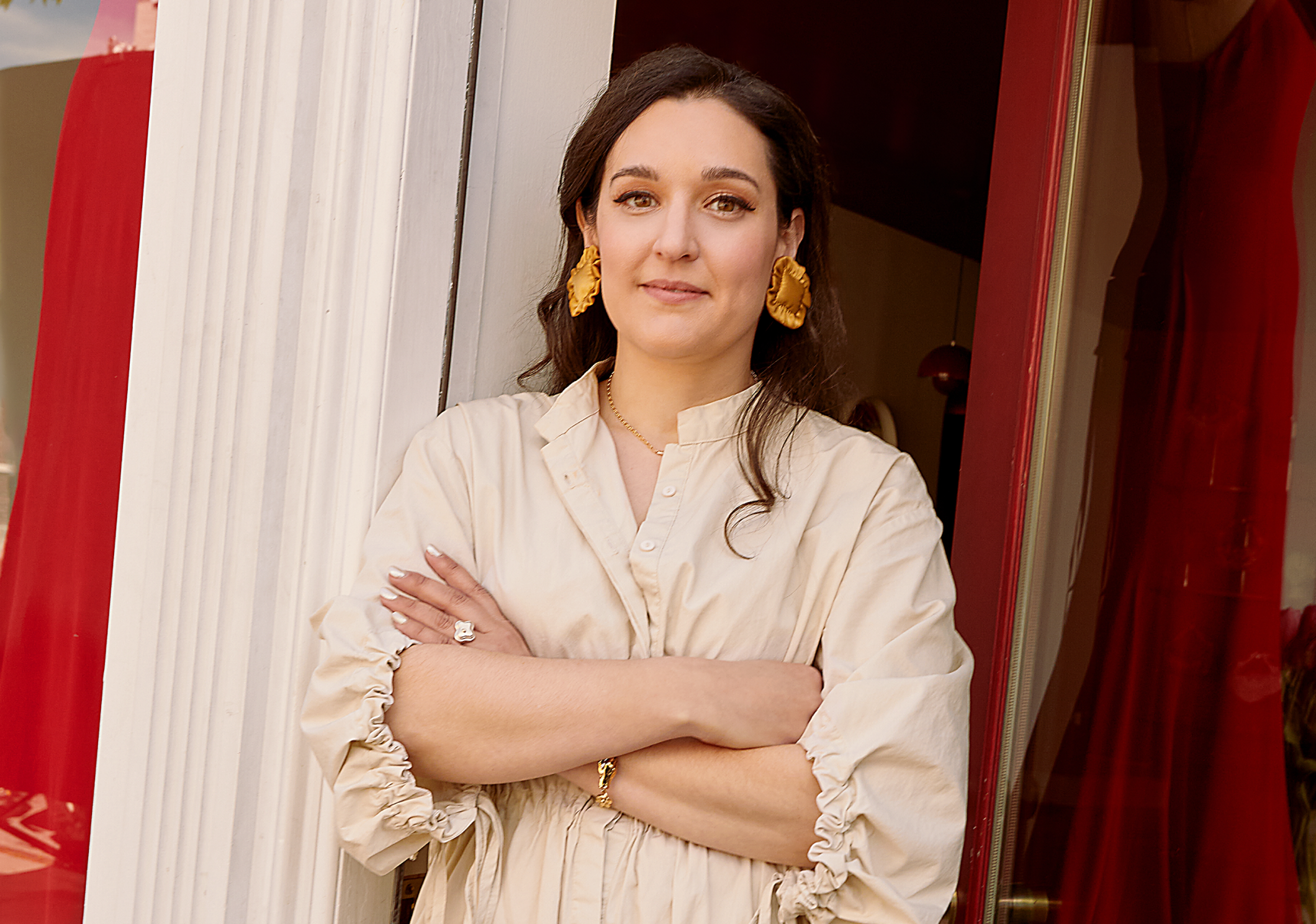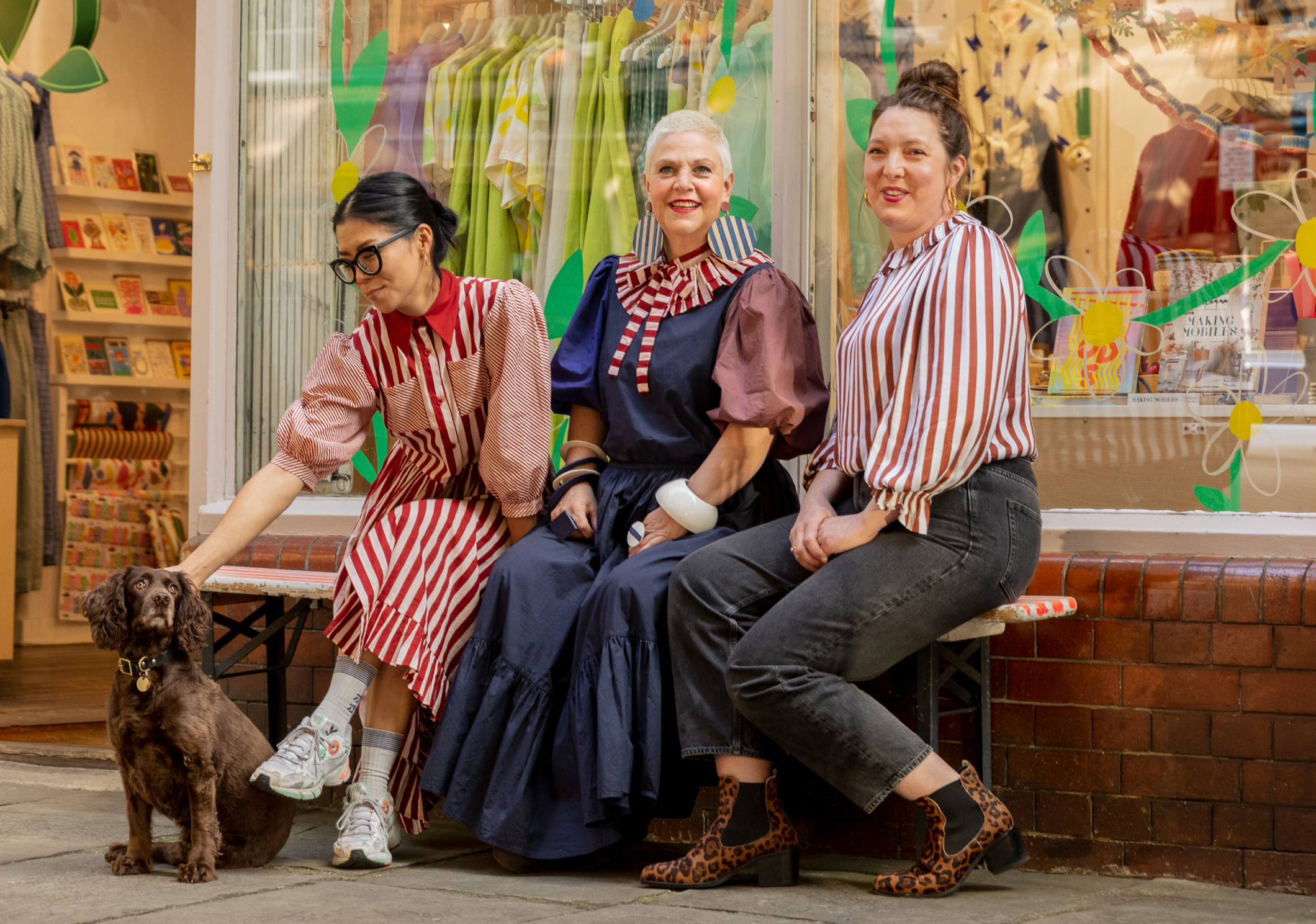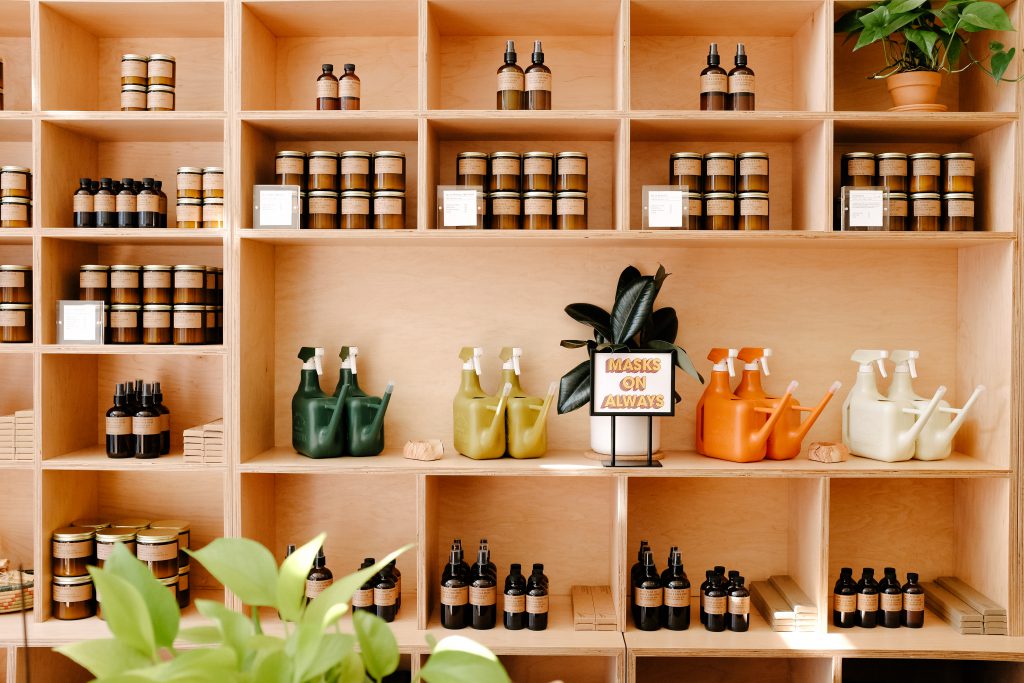
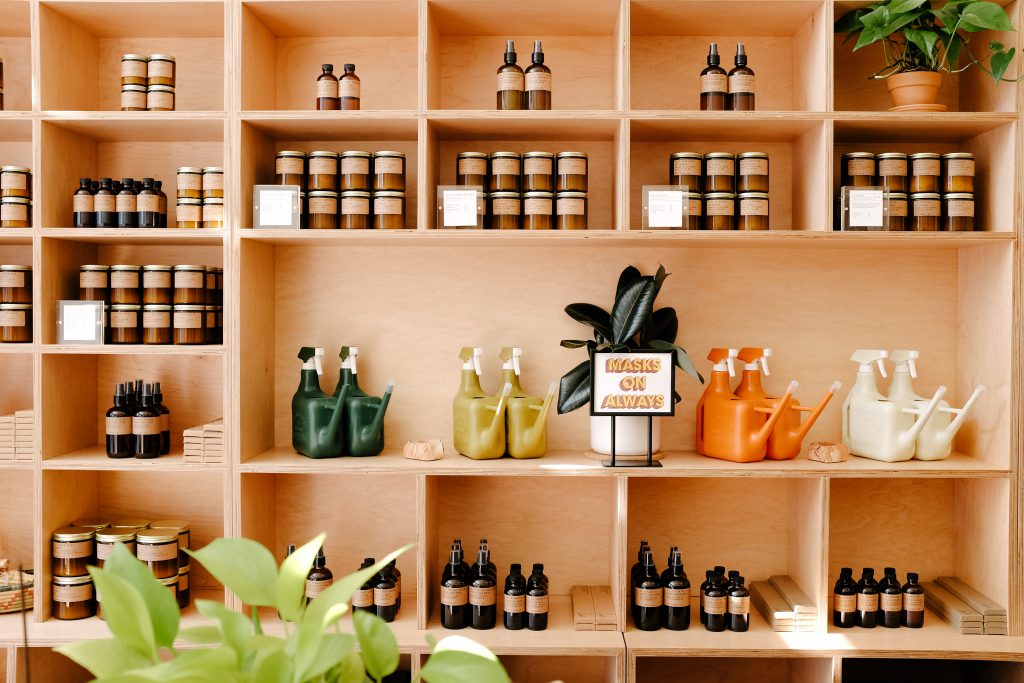
We’re excited to publish this contribution from P.F. Candle Co. co-founders Thomas Neuberger and Kristen Pumphrey. Here, they share how they’ve adapted their retail strategies since March.
We were planning to open our first San Francisco brick-and-mortar location on March 21, 2020. With two stores in the Los Angeles area, we were excited to open our doors at a third, in a charming North Beach storefront that we secured at a good rate. We’d spent years doing trade shows in San Francisco and building up our customer base there, so this new location felt like a natural evolution for our California-made home fragrance company.
It was mid-March. Keren, our San Francisco store manager, was in Los Angeles for training. COVID-19 was rumbling in the news and on everyone’s mind, but at the time we were still preparing for our opening. Then, San Francisco issued the first shelter-in-place order in California, shuttering our initial plans to open — we had to pivot.
Retail has changed forever — that much is clear to us. But waiting for retail to go back to “normal” is unrealistic. We truly believe that we offer a great experience in our stores — opening brick-and-mortar shops is our way to build deeper connections with customers and get feedback in real time, and candle buying is enhanced by an in-person experience. We just had to figure out how to make it work.
Pivoting plans
Running a retail business in 2020 has felt like we’re permanently stuck in that Friends episode where Ross and Rachel try to get an oversized couch up narrow stairs. PI-VOT!
During the closure, we pivoted our business plan and re-trained all staff members to work in customer service. We pivoted again when we opened for pick-up, and then again when customers were allowed in stores. All this to say: having a retail store in 2020 is an evolution, not an end destination. We’ve operated with a lot of trial and error.
We were finally able to open our new San Francisco shop once shelter-in-place orders relaxed. Candidly, there were days we wondered why we were doing this. With money already sunk into the opening, and only a set amount in the bank, the store felt like a ticking time bomb. We didn’t want to fall prey to the “sunken cost” theory. But we persisted.
Staffing with safety in mind
Our retail staff are frontline workers, so we’ve managed openings and closures based on their comfort levels. Now is the time for open conversations and communication with your team — you want people to feel safe every day. Make sure to consistently check in with your on the floor team, even if it’s just digitally.
We limit the number of people in our shops, require masks and hand sanitizer, and we’ve also rearranged some of our stores to physically limit the flow of people in the shop. For example, our Culver City store lead, Adolfo, pointed out that while we originally allowed four people in the store at a time, that number proved to be too many. He reduced our guideline to two people so that he could better manage customers.
Laying out expectations is really important. Well-designed signage has been crucial for explaining to customers how to behave in-store. Yes, we still have customers who don’t listen, but we’ve also empowered our staff to ask people to leave if necessary.
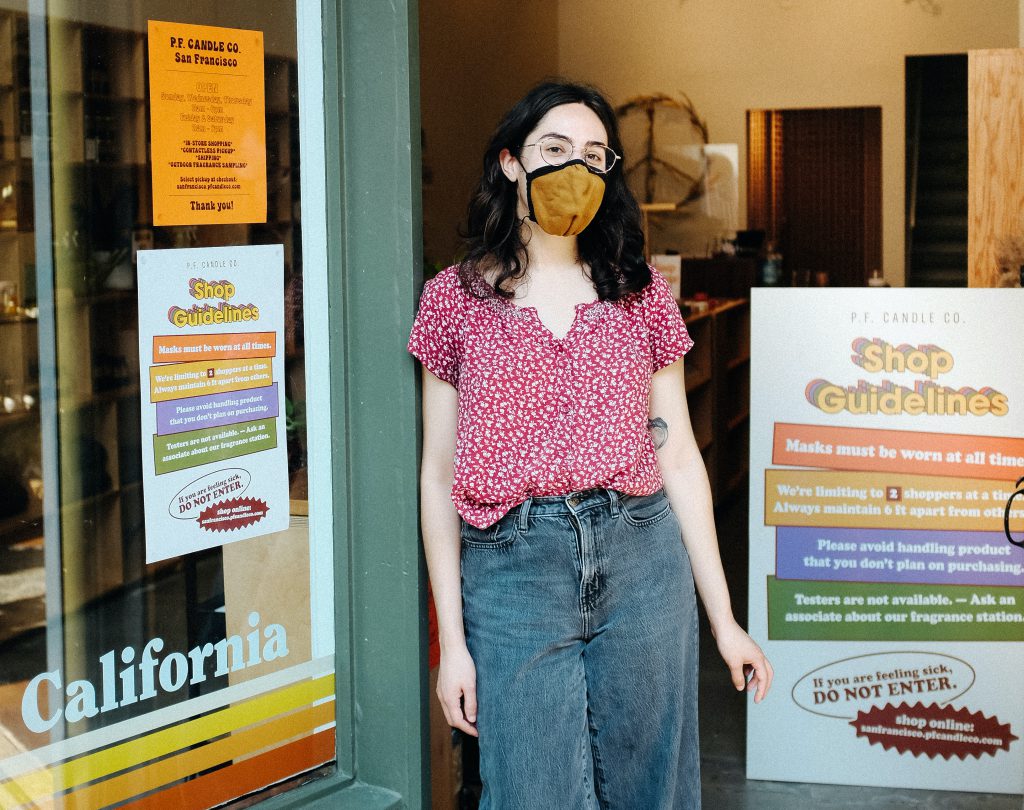
Enhancing the customer experience
A benefit of how we’ve pivoted has been the enhancement of the in-store customer experience. Fragrance is something that you need to smell before buying, but we wanted to reduce touch points, so we eliminated tester candles. At first, our staff would describe how it smelled. But then, we started using fragrance oils and blotter strips for customers to experience the scents. Some customers now say they feel like they have a personal shopper!
Autumn, our store lead in Echo Park, starts by asking people what they’re looking for (a woodsy scent or a floral one, for example), then dipping individual strips into the oils. Our conversation rate with customers has gone way up since we re-opened, from 25% to 80-90%.
That can also be attributed to customers seeking that personal interaction. For some people, our in-store staff are the only people they’ve seen since March. Every day we are delighted to hear personal stories from shoppers, and we are developing closer relationships with our customers.
Catering to new ordering preferences
A beneficial change that we made was adding pick-up and shipping options to our online shop. This also reduces the number of people in the store. We tested these new options at a smaller scale in our San Francisco store.
Setting up new purchase and delivery options was no small feat. We created a new Shopify website and managed inventory manually. Offering pick-up and shipping has been a lifeline to our new San Francisco shop during these tough times. We’ve learned that having long pick-up hours is key — people are still working until 5pm!
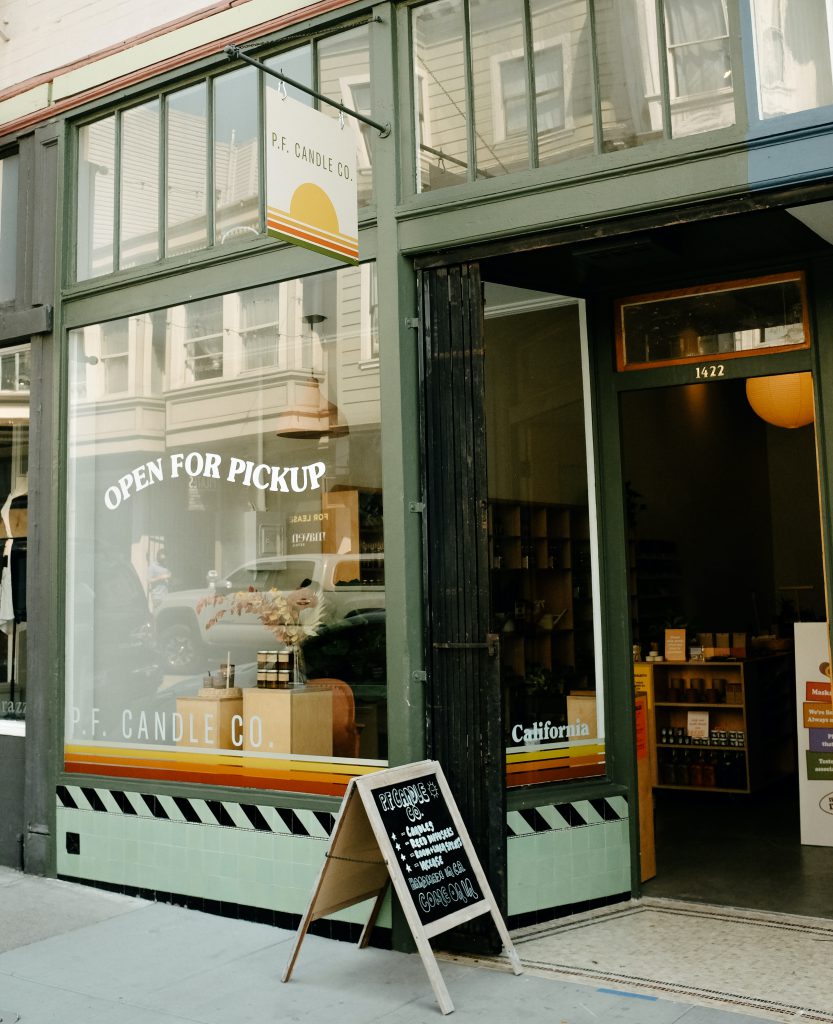
Streamlining inventory
In our stores, about 75% of the products we stock are our own, and 25% are goods made by other brands. As those third-party products sat on our shelves for two months during the closures, we realized we were sitting on money.
We’ve since gotten a lot more discerning with our wholesale ordering, making sure each item is a bestseller. We only want to carry a two-month supply of inventory at any given time. We seek out brands that have lower order minimums so we won’t feel stuck.
Approaching the future with optimism
Hollin, our regional manager who oversees all locations, thinks that these efforts are paying off. She sees customers returning sooner once they’ve personally experienced our degree of precaution for their safety, and all the hard work put into recommending a scent.
This year has been a major learning experience with our small business. We’ve learned to remain flexible; we’ve learned to lead with our values first; and, above all, we’ve learned that people will continue to shop small because of the personal experience we offer.
Your customers are shopping at your store because of you.

